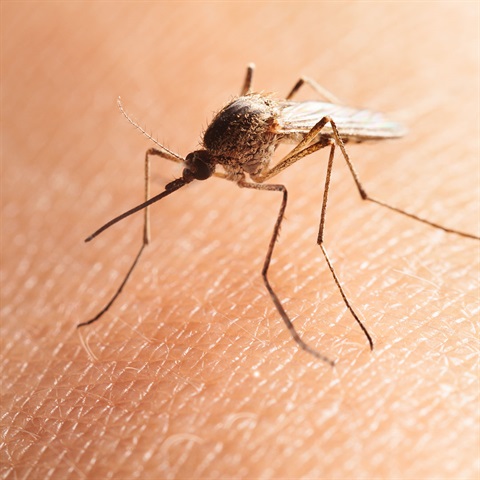Mosquitos

The City of Ryde has received a large number of enquiries about the high volumes of mosquitoes, particularly in areas around the Parramatta River foreshore. The Sydney Olympic Park Authority regularly treats their wetlands to control the mosquito larvae, which should result in a decrease in the number of mosquitoes found around the Parramatta River foreshore area. To find out more please visit the Sydney Olympic Park Authority website.
To date there has been no sign of productive Saltwater Mosquito breeding along the City of Ryde foreshore.
Local Mosquito Species
Saltmarsh Mosquitos
The Saltmarsh Mosquito (Aedes vigilax) breeds in Homebush Bay saltmarshes and other low lying, tidal locations along the Parramatta River. During the summer months, the Saltmarsh Mosquito can rapidly increase in numbers.
The Sydney Olympic Park Authority (SOPA) is responsible for reducing the numbers of emerging Saltmarsh Mosquitoes in the Homebush Bay area with ground and aerial spraying of their habitat.
Freshwater Mosquitos
Several freshwater mosquito species, including the common Domestic Mosquito (Aedes notoscriptus) can be found in local residential environments - e.g. in puddles, stagnant drains, blocked roof gutters, ponds and, containers, and dirty and partly empty swimming pools. Freshwater species normally travel only 50 - 100m from their breeding site.
Keeping Mosquitoes at Bay
Here are some precautions to protect yourself from bites and to minimise mosquito breeding around your home.
- Apply an insect repellent to exposed skin when outdoors at dusk or dawn or near wetlands or bushland areas
- Cover up with loose fitting long sleeved shirts and long pants
- Fit fly screens on windows and doors around your home
- Fit mosquito nets onto beds and prams as an additional protection.
- Remove any water holding containers around your property, or turn them upside down
- Check drains and roof gutters for blockages and clean them out regularly.
- Change water in birdbaths and pet bowls at least weekly
- Keep water features circulating to drown larvae
- Chlorinate and circulate the water in swimming pools
- Tip out children’s pools regularly
- Stock ponds with fish that eat mosquito larvae
- Put insect netting on inlets to water tanks and containers or seal them
- Remove pot plant saucers or fill them with sand
Breeding
The mosquito breeding cycle may be as short as one week and eggs are laid in the smallest bodies of water. Mosquitoes are insects that have immature stages, ie. larvae and pupae, which live in water. The larva is called a wriggler because of its quick movements used to escape danger. Most mosquito species have immature stages that breathe air from the water surface. Therefore they commonly breed in more or less still water to avoid drowning.
Adults emerge from the water surface, and disperse to feed and find new breeding grounds. Males feed on nectar only but females need proteins from blood for egg development. Eggs are laid near or on water bodies of any size. The breeding cycle, from adult to egg to hatched adult, may be completed in less than a week during warm conditions.
What health problems do they cause in NSW?
In NSW some types of mosquitoes can transmit viruses such as such as Ross River virus (which is uncommon in major cities and towns) and Barmah Forest virus (which typically occurs in coastal areas of northern NSW). The risk of becoming unwell from a mosquito bite in the Ryde area is very low.
Report Mosquito Breeding Sites
To report mosquito breeding sites, call Council's Customer Service Centre on 9952 8222.